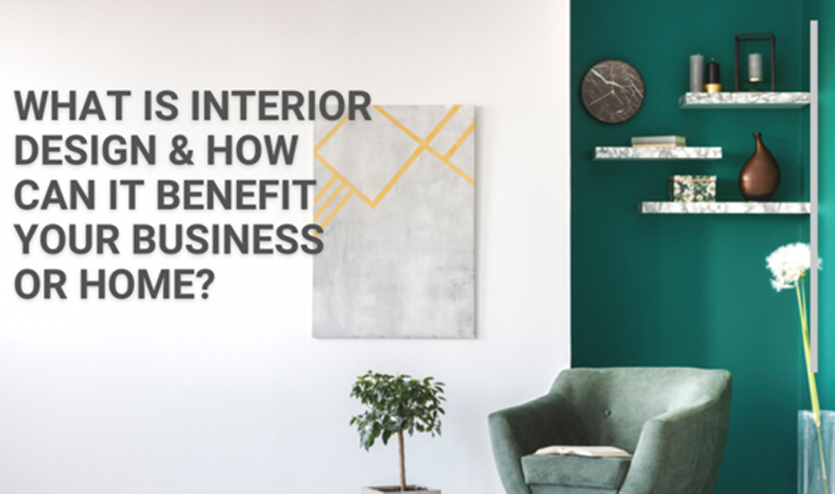
1. Define Your Personality
What do you want a room to feel like? Here’s a tip to help you define your style: Take a look at what you have in your closet. Do you prefer fitted clothes or those that are more relaxed and comfortable? Do you have a preference for particular colors or patterns? Another method to figure out your style is to develop a list of key phrases that describe how you want a place to feel. Monochrome, sleek, and contemporary?
It is much easier for individuals to communicate their dissatisfaction. We may remove certain things and focus on others by factoring dislikes into the equation. A large-scale print, for example, could remind you of anything from your upbringing that you don’t want to see in your home. A wingback chair, on the other hand, may conjure up images of being put to time-out for pulling your sister’s hair. Similarly, a specific hue may remind you of a previous design trend that you don’t want to replicate. These experiences and responses are deeply personal and unique, but they also shape our preferences.
2. Create A Space That Works For You.
The importance of space planning, which influences the scale, cannot be overstated. The large-scale furniture that permeates today’s rooms, we like to blame on a specific retail firm. Build your area around the stuff you have. Consider the equilibrium of a room. Consider creating zones for different activities in bigger rooms, such as a conversational seating area, a television viewing area, and a workspace with a desk or table for crafts or games. Even while we adore symmetry, making everything symmetrical might make things feel overly artificial. In every design, proportion and scale are crucial.
3. Take A Sample Of Your Paint
One of the most important and cost-effective decisions you can make is which paint to choose. Proper paint selections bring rooms together in a pleasing manner. Take a look at the house as a whole. If you paint one room at a time, you risk creating disconnected spaces. Consider how colors influence our emotions. Colors may make individuals feel joyful, peaceful, or anxious. Interior doors have been known to be painted a dramatic black to contrast against pristine white walls.
When considering alternatives, try out actual paint colors on your walls. Examine them in natural light, in the morning, and at night. A favorite hue that works for one project may not work for another. The paint store chips are a terrific place to start, but what appears excellent on paper may not translate well into your home. Try a few different colors on the wall using white paints, paying careful attention to the undertones. Pinks, blues, and yellows can be used as accent colors. Its surroundings heavily influence the warmth of the light. Plants and the sky can create green and blue reflections on your interior walls.
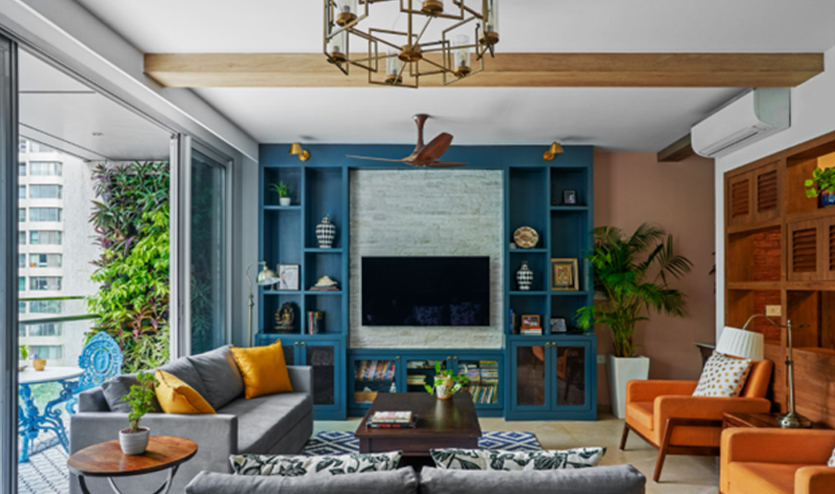
4. Use A Combination Of High And Low Price Points
Superiority isn't necessarily implied by pedigree (whether it be art, furniture, or dogs). Consider purchasing art or furniture from a “unknown” artist or designer based on its shape, comfort, and ability to meet your demands. The smallest objects in a space may have the most amazing energy and be the most beautiful. It's not a terrible idea to mix high and low price points. It is not necessary for anything to be valued in order for it to be noteworthy. Spending money on something you really like has the opposite impact.
5. Begin from the Begin Ground Up.
It’s easy to become overwhelmed by design. We typically recommend starting from the ground up when designing a room: Decide the floor covering. Whether you desire hardwood floors, area rugs, tile, stone, or wall-to-wall carpeting makes little difference. The way additional items are piled in the space will be determined by how you think about your floor initially. You have more color and upholstery possibilities if you choose a neutral tone or natural fabric with little pattern or color. If you start with an ancient rug, you may create a color palette by drawing colors from it. It’s critical to organize these events in concert; otherwise, you’ll wind up with the circus effect, where there are too many activities going on, and the room as a whole doesn’t work together. Starting with a sofa or upholstered chairs instantly restricts your design. With dozens, if not hundreds, of options, something like an area rug provides additional versatility. This is where you may choose your selections and begin layering items. Making your ultimate floor covering selection first, then layering, is a lot easier method.

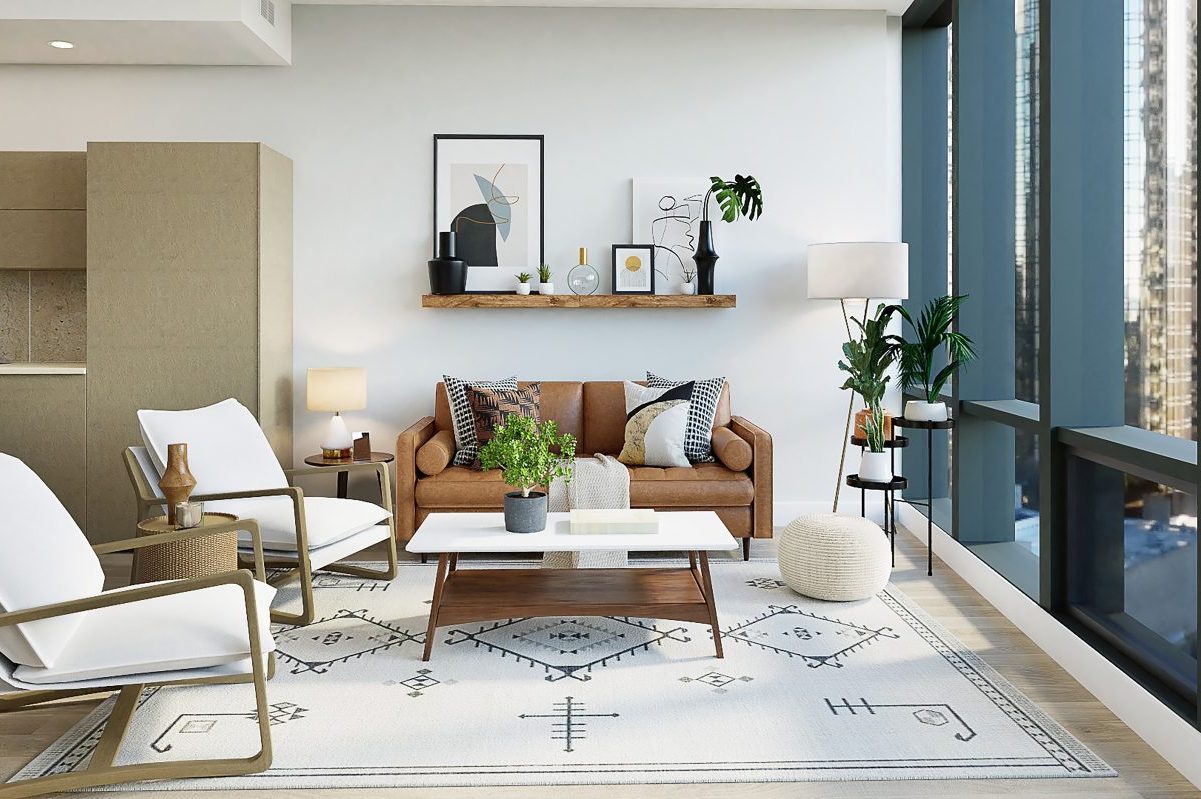
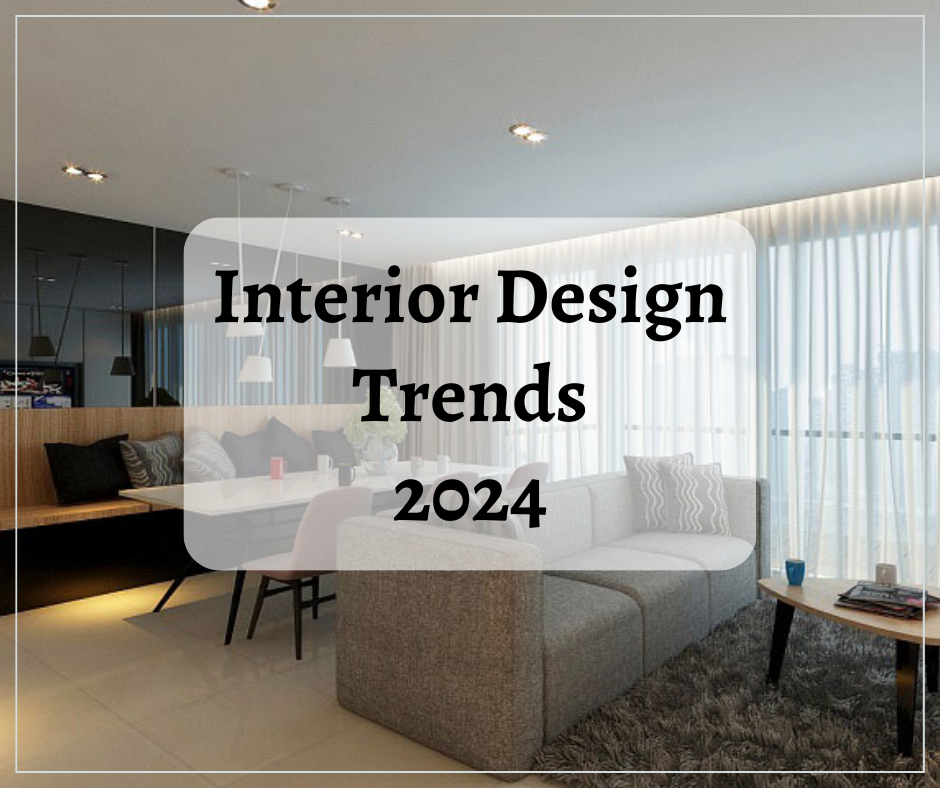
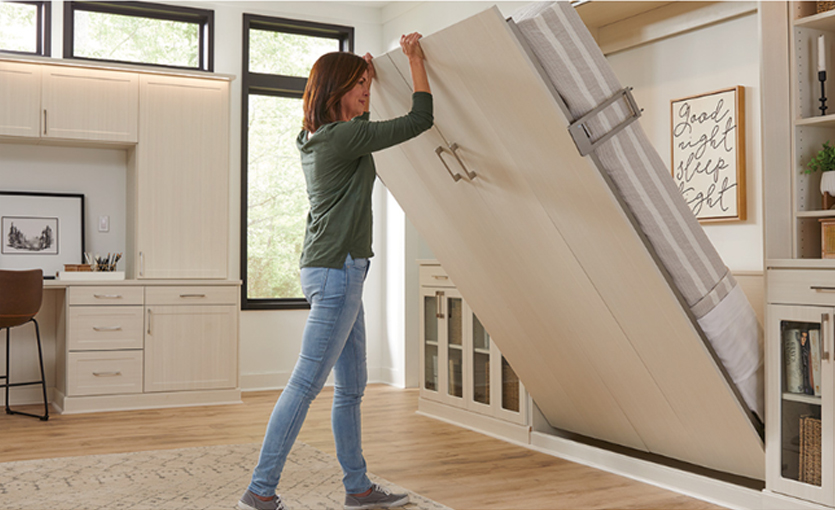
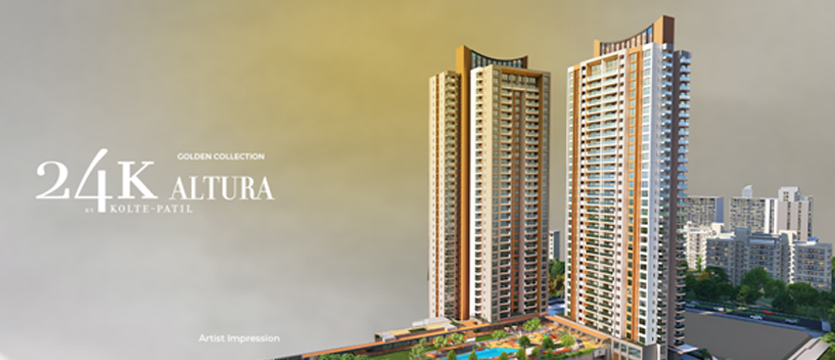

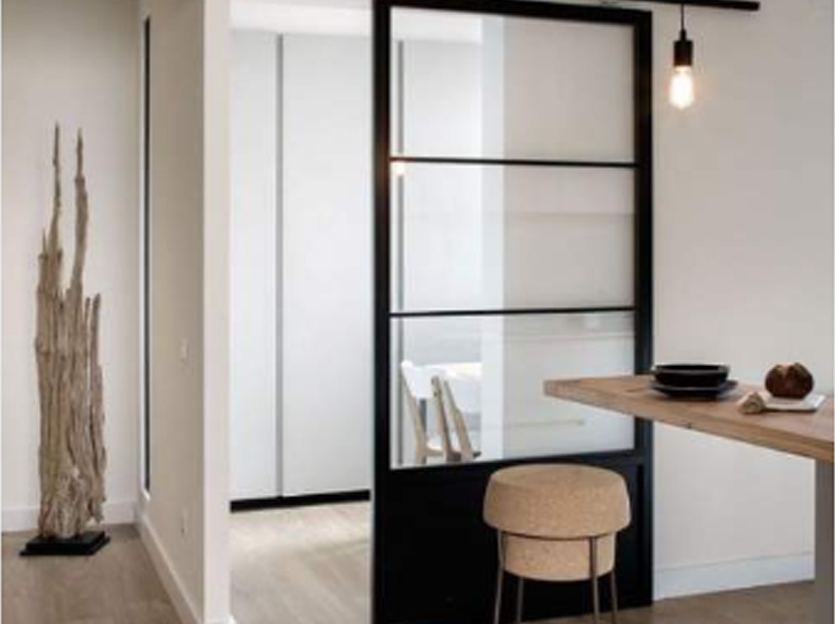
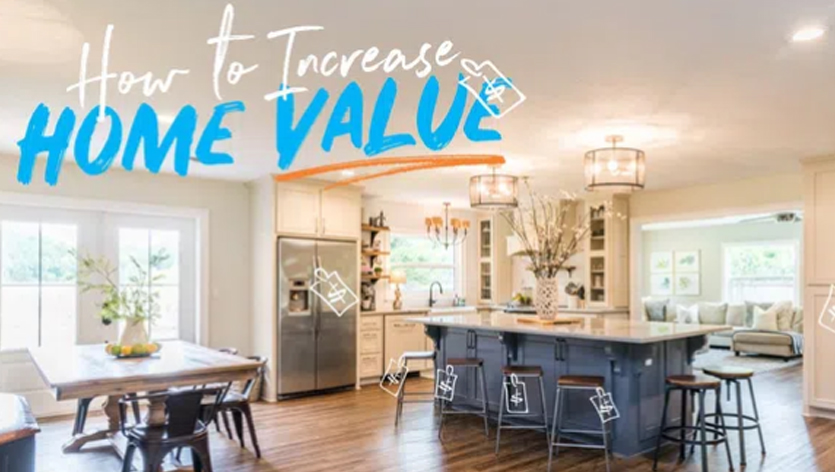
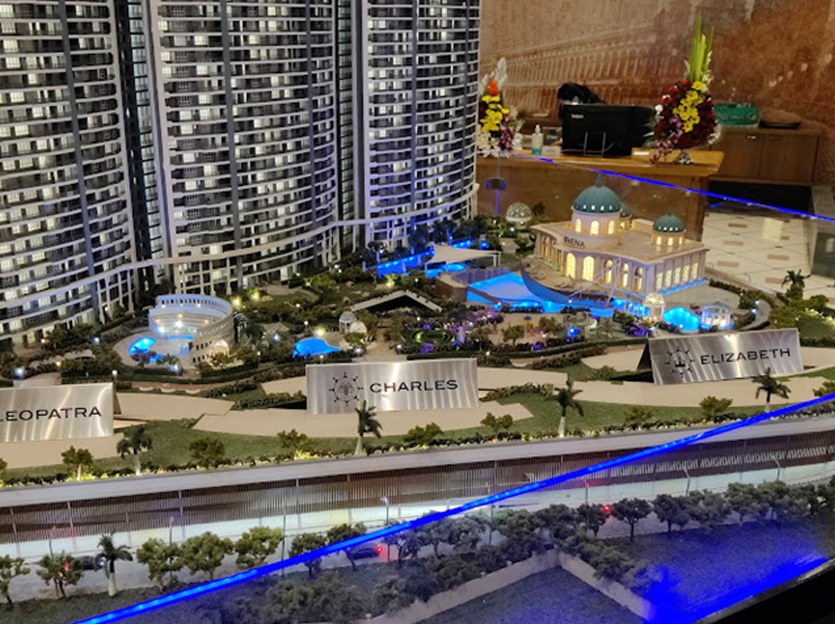
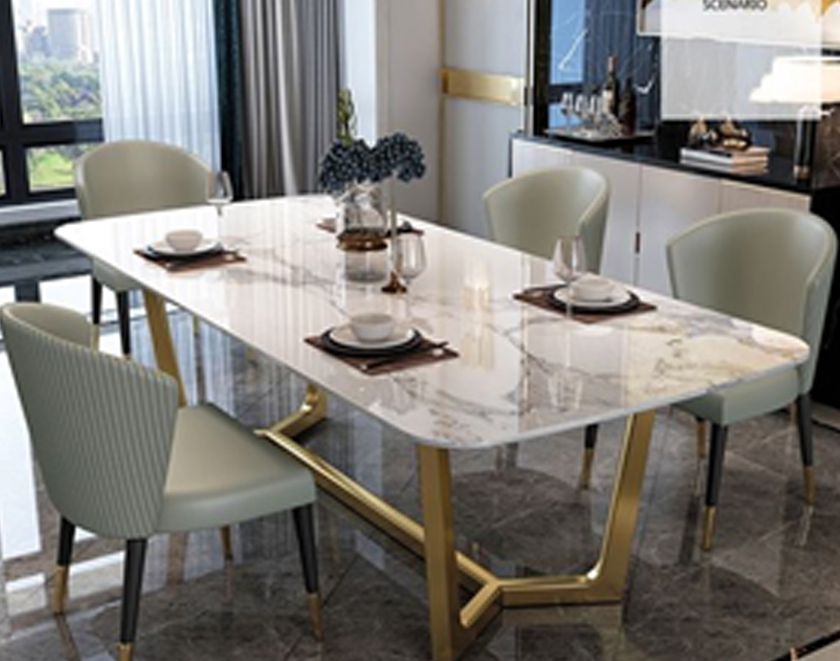

Post a Comment